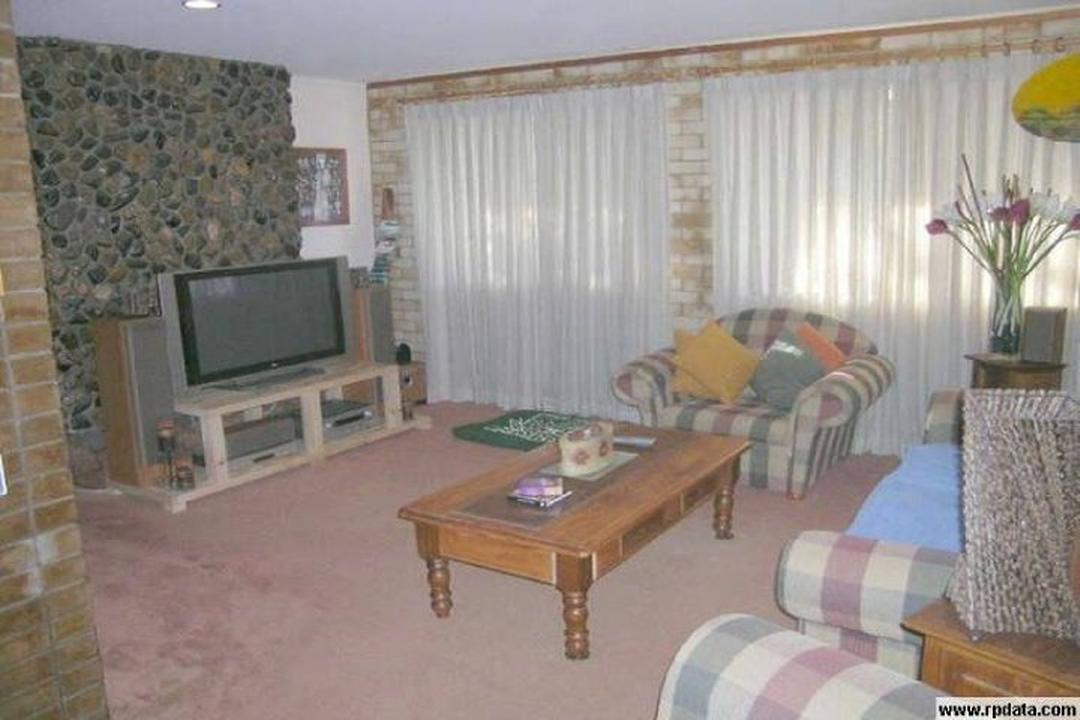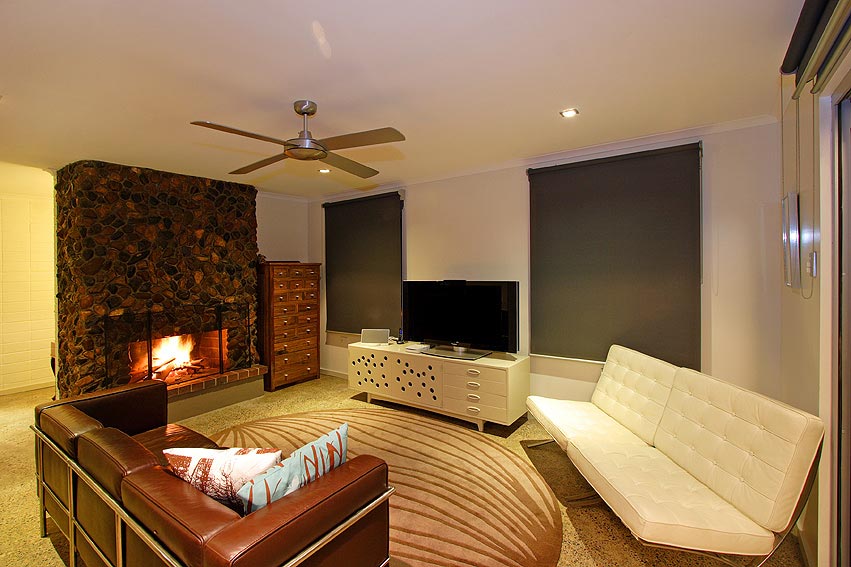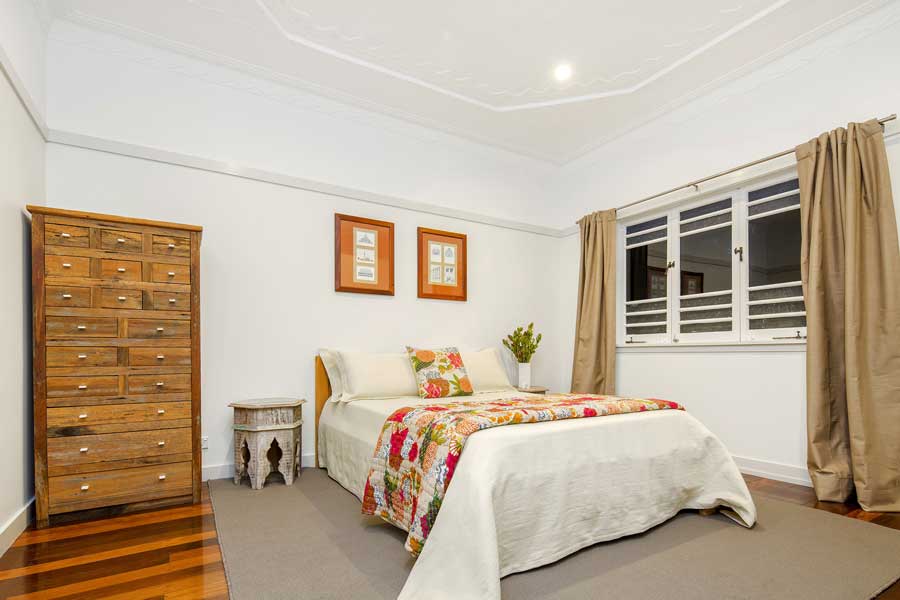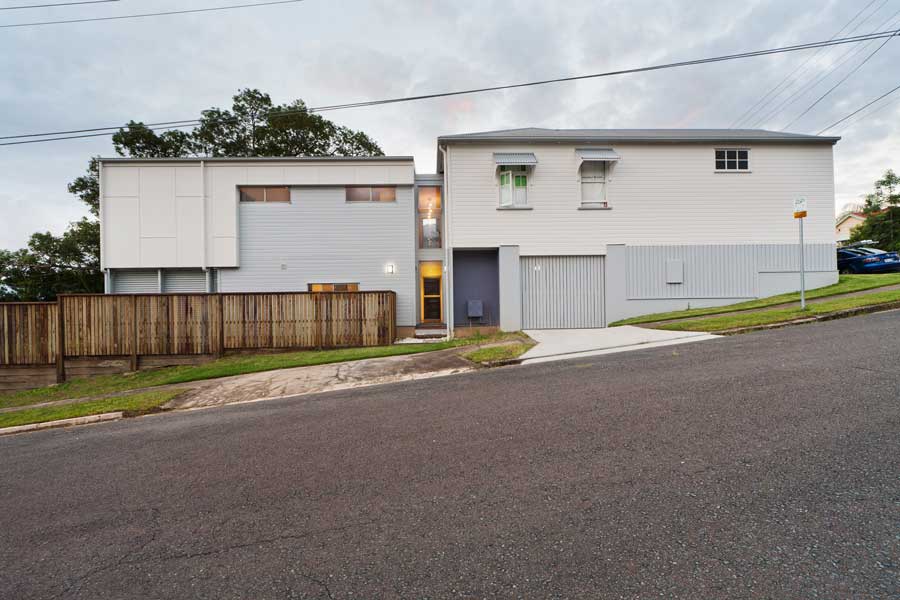
Do you have a love affair with your old home? How do you renovate it to keep its character, heritage and history?
Should you keep those original features? Should you copy them? Or should you get rid of them all? Just how do you renovate an old home? Here’s 5 checks for your project.
We often fall in love with old homes that have character, and historical features, because we love the way it looks and feels.
We can feel that the home has a history, a story and heart.
And this feeling – this emotional connection to history – has value. It seems to represent memory, solidity, importance.
There are suburbs in most places around Australia that have homes displaying the historical architecture of the region, and well-preserved homes in these areas can be highly sought after.
This doesn’t only refer to homes dating back to when houses were first built in your area. There are some brilliant examples of 1950s, 1960s and 1970s homes in certain suburbs that still have great features from their original construction.
It can be as simple as a quirk or feature that draws attention. One of the homes we renovated had this amazing fireplace built from big rounded, polished rocks that I fell in love with when we first saw it. It reminded me of something from The Brady Bunch!


You can get big raked ceilings lined with pine boards in some 1960s and 70s homes that can look fantastic in a renovation because they add such volume to the room.
Externally there may be brilliant breeze-block or stonework that is a real feature.
Should you keep these historical or quirky features?
When you’re renovating an old home that has these types of features, it’s important from a resale point of view that you really determine whether you want to keep or get rid of them. When the home is a character home for its area, those features can add big dollars to your resale price.
So, when renovating a character home, consider how the new work will impact the existing, both internally and externally.
Let’s have a look at some of the ideas you can use to preserve the character features in your home without compromising the overall functionality and finish.
Check #1: Look at the condition of the original material or feature
What kind of condition is the original material or feature in? For example, it is possible, but it can be expensive repairing old ornate ceilings with specialist plasterers. So if it’s not 70% intact, or it’s only in 1 room that isn’t a significant space in the home, then restoring it might not be the best choice.
Check #2: Amplify the old by creating difference with the new
You can amplify the original by creating contemporary difference. What does this mean?
Often I see the tactic with renovating old homes is to match all the detailing with reproduction materials and products.
My personal opinion is that this is not the way to go. This is because I believe it’s better to let original be original, and new be new.
If you create new work as an insertion, or addition, that is obviously different and modern and contemporary, it actually enhances and celebrates the historical and character elements and features. It can still be complementary in design, and perhaps you can use pattern or colour to tie the different elements together. Let your renovation be another chapter in the story of your home … not a repeat of its old one.
Who knows? The features you add, if added well, may well be prized by generations of buyers in the future.
And there is a way to do this sympathetically – that still respects and honours the original character of the home (which in some council areas is actually required for approvals).
I expect that some readers may disagree with my approach on this. However, when I look at the history of architecture, and how heavily associated it is with the passage of time, it saddens me to see mimicry and imitation happening when homeowners renovate their character homes.
Perhaps we don’t trust the value and specialness of what we are capable of designing, building and adding in our current time.
I believe buildings – and especially our homes – tell the story of our times.
If we keep copying old pages the story doesn’t progress. Equally, if we keep tearing individual pages out (by completely demolishing these pearls in our suburbs) the story won’t make sense. It’s a balancing act.
For example, if you’re adding built in robes in a room with picture rails and original ceilings, look at whether you’ll just choose a unit that looks good fixed to the wall and stopping short of the ceiling. If your picture rails run in alignment with the head of your doors, choose that as a line to finish the robes to, so things horizontally align.

If you have a 1960s or 70s home with raked pine ceilings, painting the ceilings and structure out in one colour can be a fantastic way to modernise it without losing the impact of the volume, the structural rhythm and the patterning that the ceiling has.
And if you’re putting new windows and doors in external walls, and filling others in, consider whether matching the existing materials will work. A device I have used on some homes is to do this ‘infill’ in a new material. This may sound a bit patchwork-y when I describe it, but if it’s done well with the right scale and detailing, these new infill areas can look great as a feature to break up your walls, and demonstrate the new story the home is telling.
Check #3: Review how your services will run before construction
Review how your services will run through the old home. Adding air-conditioning to old homes, for example, can disrupt original ceilings by punching holes through them. Think about whether you want to do this before it happens on site. A client I’ve worked with has amazing ceilings in her home, so she’s choosing a slimline split system to put on the wall instead of ducted air-conditioning. Understand what the addition of services will look like so you can plan and locate them to work with your original features.
The same can be said for plumbing. Adding a bathroom into an upper floor area over original ceilings can be problematic as the floor space may not be sufficient to run your pipework. This may mean adding a lowered ceiling below (and ruining any original ceilings).
Really plan these things out, and be sure that everyone on your team understands what you want to preserve and protect before construction starts.
Check #4: Connect old to new in a noticeable way
When adding on new work to an existing home, see if you can articulate the connection.
This strategy works for both design and budget reasons. It helps you separate the construction of each so that you’re not cracking open the old home too much and uncovering unexpected and expensive surprises.
It also helps you delineate between the old and the new in your design, so that the new story your home is telling is evident and can be celebrated in how the home is experienced.


Check #5: Reuse the original material in a new way
Finally, if you can’t preserve the feature where it is, see if you can reuse the materials elsewhere.
I’ve seen fantastic new blockwork walls incorporating the original breeze blocks from the home as a feature, and stonework or tiling used internally, brought into the garden as a landscaping element.
Don’t throw the baby out with the bathwater …
So, do you have a home with original features?
Is that why you fell in love with it, and renovating it sympathetically makes you really nervous?
It doesn’t have to be a case of throwing out all the old and completely revamping everything.
A modern home can still have gorgeous detailing and finishes that are part of the history of the home, and celebrate those as part of its design … as well as new and contemporary spaces that suit modern lifestyles.
Just remember …
- look at the condition of the original features
- amplify the old by creating difference with the new
- review how your services will run before you start construction
- articulate the connection between the original home and the new extensions you add
- see if you can reuse the original feature or material elsewhere in the home
Our homes tell a story – about who we are, and what we want tell the world about who we are.
They carry forward this story through generations of future owners, neighbourhoods and communities. It’s quite amazing when you think about it … the secrets those walls could tell!
Help your home tell its own unique story – one that you’re a big part of.
Other blogs you may find useful …
The 6 things I learnt from my favourite renovation are here
These are the 5 ingredients for a stress-free and happy renovation or build
Should you stage your renovation? Here are 4 things to consider in your decision
 With over 30 years industry experience, Amelia Lee founded Undercover Architect in 2014 as an award-winning online resource to help and teach you how to get it right when designing, building or renovating your home. You are the key to unlocking what’s possible for your home. Undercover Architect is your secret ally
With over 30 years industry experience, Amelia Lee founded Undercover Architect in 2014 as an award-winning online resource to help and teach you how to get it right when designing, building or renovating your home. You are the key to unlocking what’s possible for your home. Undercover Architect is your secret ally
Hi AMELIA i LOVE YOUR ARTICLES AND SAVOUR YOUR FREE PROFESSIONAL OPINIONS. jUST READ THE ARTICLE YOU WROTE ABOUT OLD HOUSES AND TYING IN NEW WITH OLD. i AM CURRENTLY RENOVATING MY BELOVED POSTWAR HOME, AND FOUND YOUR ARTICLE RELEVANT AND USER FRIENDLY.
lOVE YOUR WORK uNDER COVER ARCHITECT aMELIA!
HAPPY HOMING,
LAURA
Hi Laura
Thank you so much for your kind feedback. I’m so glad you’re finding the articles here helpful as you navigate your renovation. I love a home with history too, and wish you the very best as you give your home new life and help it tell your unique story. Please always let me know if there’s anything you’d like me to write on – I’m always looking for blog post suggestions.
Happy Homing to you too
Amelia, UA x
Hi amelia, great blog and thanks encouragement that you don’t have to have it new or old, but they can work together.
Hi David
Thank you for your comment – I’m so glad you found the blog helpful. They can work together – and we add another page to the story of our homes when we tell it in our own unique way.
– Amelia, UA
Hi,
I live in Perth WA. recently bought a old character house. We are unsure how we can renovate, extend the original house. looking for help.
Thank you in advance for any idea.
Hi Agam,
Thanks for your comment. We recommend checking out the podcast especially the episode on creating your design brief and the member story on renovating a 1940s Melbourne home. There are loads of other information on the podcast to help you with your renovation. You may also want to check out the Get Started Guide to learn the best first steps to any project. We hope these will be super helpful!
– Amelia, UA x